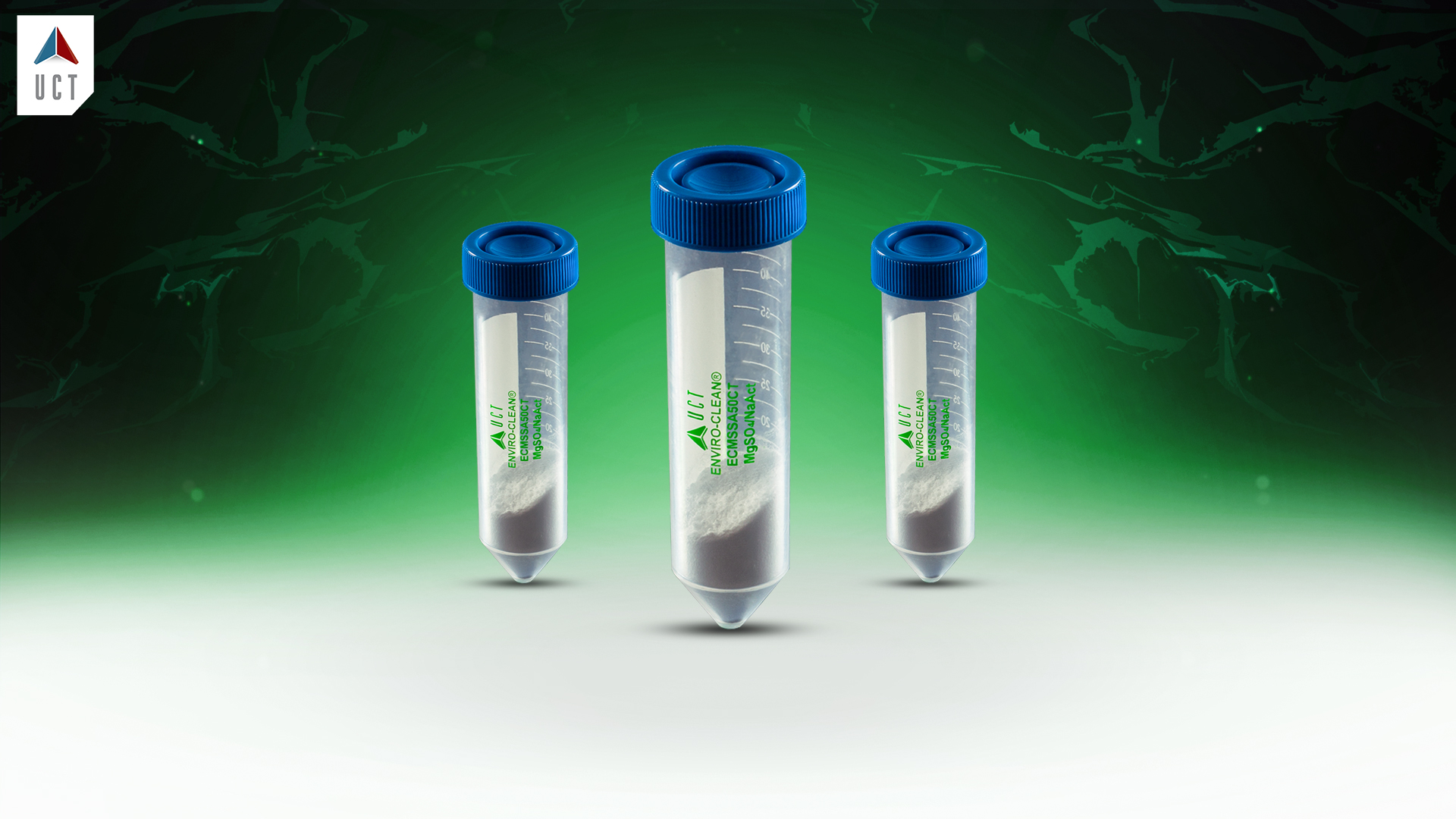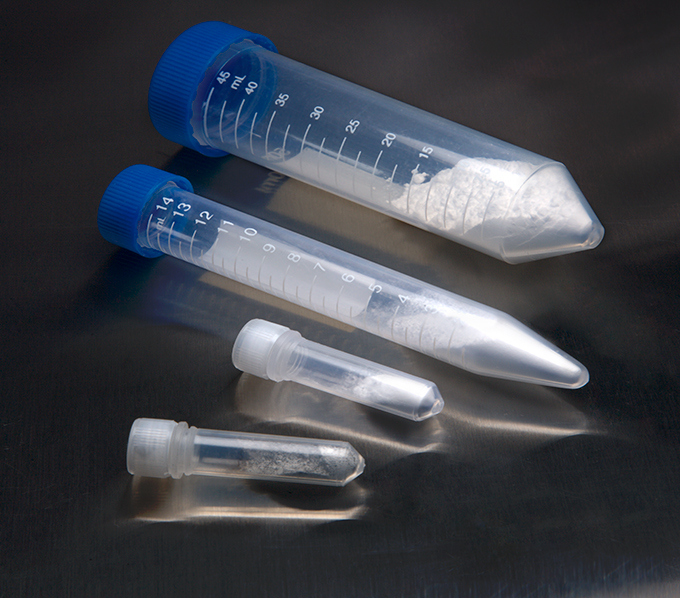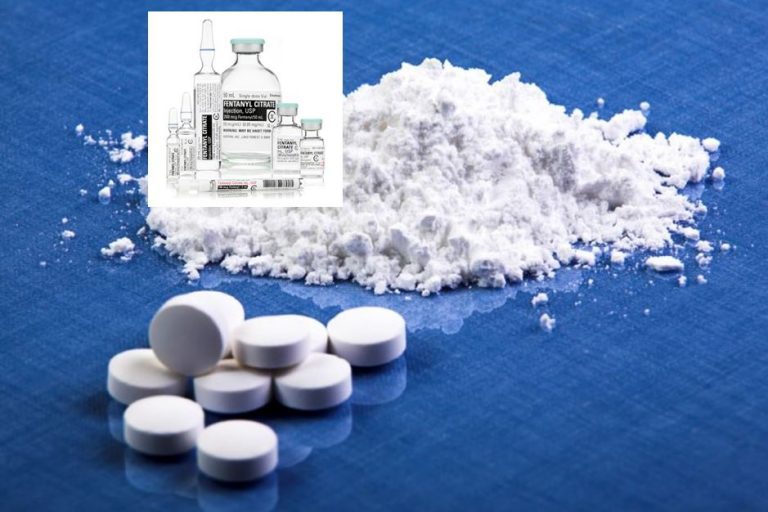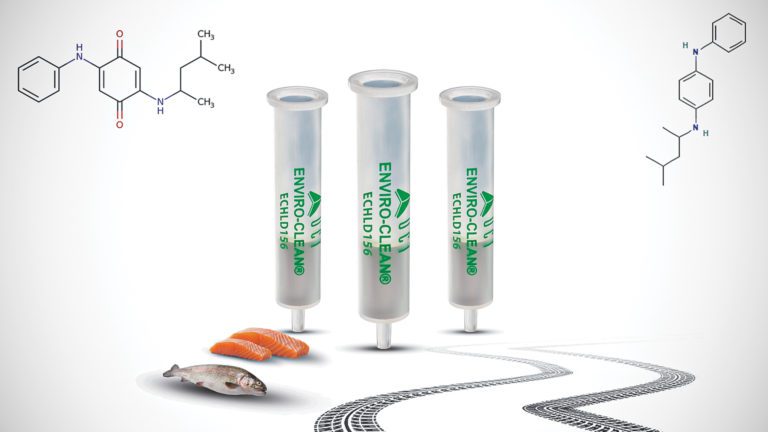Pesticide Fate in Wheat Beer Brewing: Impact of Multi-Stage Processing on Pesticide Behavior and Physicochemical Properties
Barley and wheat, staple grains for brewing beer, are often exposed to pesticides during their cultivation, raising concerns about pesticide contamination in beer. The 2022 European Food Safety Authority (EFSA) report highlights the presence of various pesticides in European wheat, which could potentially carry over into processed products like beer. Although testing for pesticide residues is standard practice, there is limited research on how these residues behave throughout the brewing stages. To address this gap, Kaczynski and colleagues studied the behavior of 12 pesticide residues through each stage of beer brewing—malting, mashing, wort boiling, wort boiling with hops, wort fermentation, and the final beer. They explored how the physicochemical properties of these pesticides influence their behavior at different stages. Furthermore, by employing pesticide processing factors (RF), which measure the ratio of pesticide residues in the final product compared to the raw material, they evaluated the impact of brewing on pesticide concentrations. This approach provides valuable insights into the fate of pesticides during beer production.
In this study, wheat was immersed in a solution containing 12 different pesticides, including herbicides, insecticides, and fungicides, each at specific concentrations. After the wheat was dried, washed, and dried again over a week at 22°C, it was homogenized and tested for pesticide residues by LC-MS-MS. This pesticide-treated wheat was then used in beer production, with pesticide levels monitored through every stage of the brewing process. The researchers used a modified QuEChERS method and optimized the clean-up step with various dSPE sorbents. For this purpose, a range of UCT QuEChERS salts, including magnesium sulfate (MgSO4), sodium chloride, sodium citrate dihydrate, and sodium citrate dibasic sesquihydrate as well as UCT clean-up (dSPE) sorbents such as primary secondary amine (PSA), octadecyl (C18), graphitized carbon (GCB), and MgSO4, were used and optimized for pesticide extraction and extract clean-up. They found that combining PSA, C18, and MgSO4 provided the best results, achieving pesticide recoveries between 70-120% across all tested matrices (wheat grain, mash, and wort). No matrix effect (ME) was observed for six analytes, while moderate ME was noted for imidacloprid in wheat grain, deltamethrin in mash, and difenoconazole in wort. For LC-MS/MS analysis, the limit of detection (LOD) was set at 0.1 µg/kg, and the limit of quantification (LOQ) was established at 0.2 µg/kg.
The study revealed that pesticide processing factors (PF) were below 1 for all pesticides, indicating a reduction in pesticide concentrations throughout the beer brewing process compared to the levels in the initial raw wheat. The highest pesticide residue in unprocessed wheat was the pyrethroid insecticide, cypermethrin. Malting and fermentation were the most effective stages for reducing pesticide levels, with malting decreasing herbicides by 86% and most insecticides and fungicides by 68-88%, except for cyfluthrin-beta (42%). Enzyme activation during malting and yeast activity during fermentation played a crucial role in degrading specific pesticides, such as the fungicides azoxystrobin (96%) and tebuconazole (91%), throughout the beer production process. However, some fungicides and insecticides can inhibit yeast growth, which affects fermentation. Cypermethrin proved to be the most resistant to degradation and was found in the final beer at the highest concentration. Principal component analysis (PCA) indicated that molar mass and the octanol-water partition coefficient were most strongly correlated with the effectiveness of pesticide reduction during brewing. These findings highlight the importance of studying the fate of contaminants like pesticide residues throughout the beer brewing process to understand their transfer and ensure consumer safety.
Citation: Kaczynski P, Iwaniuk P, Hrynko I, Tuniewski S, Tozowicka B. The effect of the multi-stage process of wheat beer brewing on the behavior of pesticides according to their physicochemical properties. Food Control (2024), 160:110356. https://doi.org/10.1016/j.foodcont.2024.110356.







